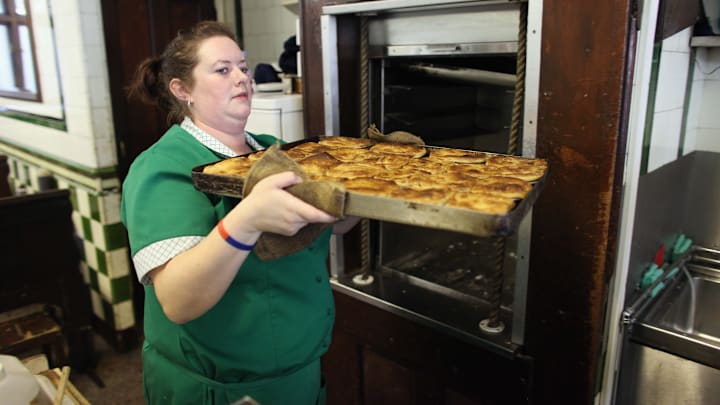In the fast-paced environment of food service, adhering to health and safety regulations in restaurants is crucial to protecting employees and patrons. One often overlooked tool that contributes to these regulations is the dumbwaiter.
Originally designed to transport food dishes between floors with ease, dumbwaiters have evolved into an essential feature in many modern restaurants. By reducing manual handling, preventing cross-contamination and improving workflow, these small service lifts play a significant role in maintaining a safe and hygienic environment.
Currently, many high-tech kitchen appliances make domestic kitchens more productive. Adding a dumbwaiter to a commercial kitchen is an excellent way to take the restaurant to the next level.
Why Did Restaurants Have Dumbwaiters?
A dumbwaiter transports food and other small items between floors in multilevel restaurants. It works on a pulley system with a tray attached. You can place small items on the tray and have them ascend or descend to the desired floor without a human carrying them up or down the stairs.
Typically installed in the kitchen, the dumbwaiter was used in restaurants to transport food to the dining areas without waitstaff having to carry the food on multiple floors. This meant that servers could remain on the floor they were working on rather than walking up and down to the kitchen to fetch the food and bring it to the tables.
It also meant that waitstaff could clear tables more efficiently by sending dishes down on a separate dumbwaiter meant for the dirty dishes.
How Dumbwaiters Contribute to Health and Safety Regulations in Restaurants
While efficiency is one of the great advantages of dumbwaiters, another benefit is the cleanliness that comes with them. Food being transported by the dumbwaiter means it doesn’t have to be carried past many patrons in the dining room, risking contamination from airborne bacteria.
This limits the risk of trips and falls in the dining room or kitchen, as it provides a more hands-free way to keep operations running quickly and seamlessly. It’s also a safer way to move hot dishes between rooms.
Once the restaurant closes for the evening, the dumbwaiter can also transport other small items like table linens to make cleaning more manageable for the waitstaff who need to redress the tables for the next round of guests.
Are Dumbwaiters Safe?
When used and maintained correctly, dumbwaiters are safe and effective in maintaining health and safety standards. That said, there are certain best practices restaurants must follow.
Dumbwaiters should fulfill the Hazard Analysis and Critical Control Points (HACCP) so that the restaurant can control the hygiene of the food and other small items transported through the establishment.
These tools can be part of an overall strategy for decreasing the chance of cross-contamination. For example, if you install two dumbwaiters, dirty dishes and table linens never have to occupy the same space as fresh food and clean dishes.
Maintaining a Safe, Clean Dumbwaiter
As long as you regularly clean and sanitize your dumbwaiter, it can play an essential part of mitigating the risk of contamination within the establishment. Regular cleaning involves clearing away food scraps found in the dumbwaiter after each use and sanitizing the area. Failure to do so thoroughly could pose the risk of bacterial growth.
The most effective cleaning protocol is to wipe the dumbwaiter out after each use and then thoroughly clean and sanitize it as part of the cleaning routine at closing. Scheduling a periodic deep clean or routine visits from a professional cleaning service are also great options to ensure that all aspects of the mechanism are disinfected correctly.
Another crucial aspect of ensuring the safety of dumbwaiters is making sure that each member of staff knows how to use the tool correctly. Above all, employees should understand the importance of hygiene and avoiding food mistakes while on the job.
This isn’t limited to the back-of-house team — although waitstaff may understand the importance of regular hand washing, using clean cutlery and food contamination, they also need to know precisely how to keep the dumbwaiter sanitary.
Providing training on dumbwaiter usage is an excellent way to ensure that each person in the establishment knows how to use it in a sanitary way. When your employees feel confident in using the tool, it will empower them in their work and allow your restaurant to operate at the highest standard of cleanliness.
Dumbwaiters Enhancing Efficiency and Safety
Using a dumbwaiter in your restaurant is a strategic investment in efficiency and safety, and proper installation and maintenance can make it a long-term asset that enhances service quality and reduces workplace risks.
By considering your restaurant’s specific needs and ensuring compliance with health and safety regulations, you can create a smoother and safer workflow for staff while maintaining hygiene standards.
